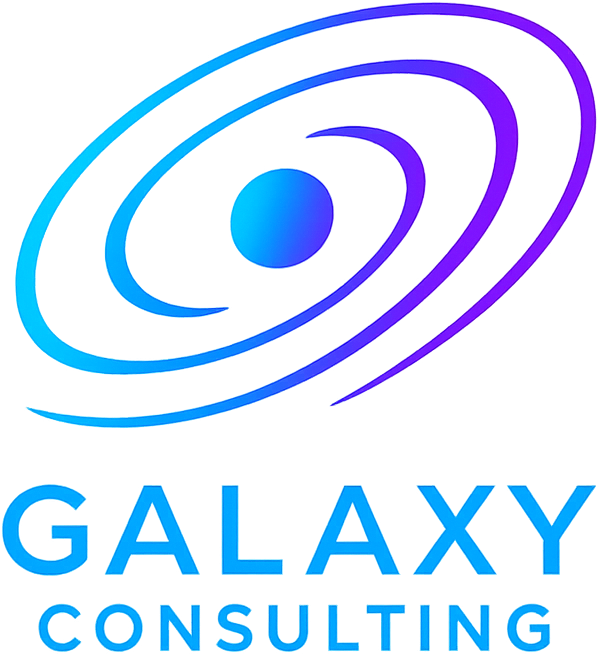Posted by: Galaxy Consulting in Uncategorized

Executives are used to hearing about AI breakthroughs in terms of model size. Bigger means better, right?
Not always. In fact, some of the most important progress in artificial intelligence isn’t about scale — it’s about memory. More specifically, how models manage it.
The newest generation of AI tools is all about remembering smarter. And that’s a shift worth paying attention to if you’re responsible for making investment decisions that support long-term operational gains.
One standout example is MemGPT: A system that approaches memory the same way your computer’s operating system does. Rather than trying to jam everything into a single prompt, MemGPT intelligently manages what information stays “top of mind” and what gets filed away for later use. It does this by simulating RAM and disk storage, offering short-term memory for real-time tasks and long-term storage for context, past conversations, or supporting documentation.
This kind of architecture matters because context limits in LLMs are real — and expensive. Once an AI model hits its token limit (think of this like its attention span), you either have to truncate content or pay more to increase capacity. Neither is a great option at scale. MemGPT’s memory-first approach elegantly sidesteps that problem by compressing, summarizing, and retrieving only what’s needed. And on demand.
Why Should Business Leaders Care?
Because memory is what makes AI useful beyond the pilot stage.
Imagine your customer service chatbot can’t remember a user’s issue from earlier in the week. Or your internal document assistant forgets what it just summarized. Or your sales tool drops the thread when a client follows up with a question from a prior call. That’s not just frustrating — it’s risky.
Enterprises that implement AI without memory awareness often face a shelf-life problem. These tools seem promising in demos but break down under real use conditions. They lose continuity. They repeat themselves. They offer contradictory answers because they’ve forgotten the initial context.
A model that can recall key interactions and information over time is a model that can support end-to-end workflows, not just individual tasks. That’s where competitive advantage starts to emerge.
Built-In Governance and Smarter Decision-Making
MemGPT takes it a step further by embedding decision-making protocols into the memory structure itself. The model can issue alerts as it nears capacity and decide what gets compressed or offloaded to long-term storage. It essentially manages itself based on cues, system prompts, or “triggers” within the workflow.
When models get overloaded, they start to hallucinate (a term for generating incorrect information) or drop context entirely. By offloading unused or lower-priority information intelligently, memory-aware systems maintain higher fidelity over time.
This also supports better oversight. Since memory operations are structured and logged, it’s easier to audit what the system knew at a given point. That’s a big win for industries like finance, healthcare, or legal services, where transparency and traceability aren’t optional.
Scaling Without Scaling
Another key advantage? You can boost performance without needing to incur massive infrastructure costs.
Traditionally, improving AI performance meant retraining models or increasing compute power — expensive, time-consuming options. With a memory-first design, your AI systems can evolve without needing a full rebuild. They learn to store, summarize, and recall intelligently instead of brute-forcing every task.
This opens up real possibilities for midsize companies, too. With smarter memory management, smaller teams can harness the power of large models without burning through budgets or engineering resources.
What to Ask Your Tech Partners
So, when your team evaluates a new AI tool, integration, or partnership, don’t just ask how accurate the model is. Ask how it remembers.
- How does this system handle context over time?
- Can it retain critical information between sessions or tasks?
- What’s the memory architecture—if any?
- How is relevance determined when retrieving past information?
- Can the model offload, summarize, or adapt without manual intervention?
You don’t need to be a technologist to ask the right questions. You just need to understand that memory is capability.
Looking Ahead
AI memory is foundational to long-term adoption. As organizations integrate AI deeper into their workflows, the tools that can track, recall, and evolve with the business will outpace those that simply “answer questions.”
We’re entering a new era where intelligence isn’t defined by how many parameters a model has, but by how well it can learn from the past to make better decisions in the present.
That’s not just good tech. That’s good business.
